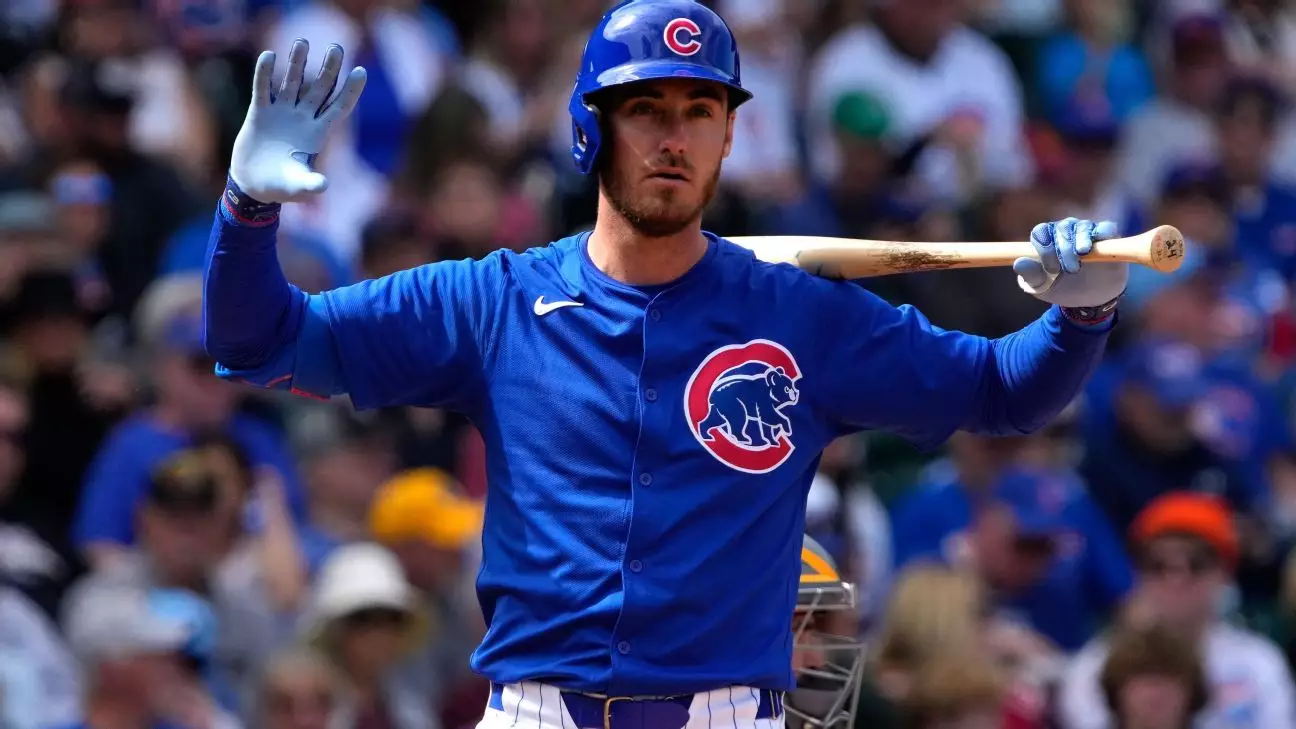The New York Yankees have made a notable acquisition by trading for outfielder and first baseman Cody Bellinger from the Chicago Cubs. This move signifies the Yankees’ determination to remain competitive following the departure of outfielder Juan Soto, who signed with the New York Mets as a free agent. The trade not only emphasizes the Yankees’ intent to regain their dominant status but also underlines the financial logistics that baseball teams must navigate during the offseason.
In the trade, the Cubs not only sent Bellinger to the Yankees but also included cash considerations to help offset his contract. Bellinger’s deal, which will see him earning $27.5 million in 2025 and holding a player option worth $25 million in 2026, necessitated some financial maneuvering. The Cubs are covering half of Bellinger’s 2025 salary, contributing $5 million to the Yankees, while the Yankees shipped right-hander Cody Poteet in the trade. Such transactions demonstrate the intricate relationship between player salaries and team budgets, especially for high-profile players like Bellinger.
Bellinger, who had a difficult time finding his form in the previous three seasons, rebounded impressively in 2023 with the Cubs. His agreement to a three-year, $80 million contract earlier this year is indicative of the faith the Cubs had in his potential. Although he concluded the season with solid statistics—hitting .266 with 18 home runs and 78 RBIs—what will be vital for the Yankees is whether he can sustain this performance, especially given the challenges that players often face when switching leagues or teams.
The departure of Juan Soto left a significant gap in the Yankees’ lineup. Bellinger’s addition appears to be a well-calculated move to alleviate some of that loss. Known for his versatility, Bellinger excels both in the outfield as a center fielder and as a first baseman, providing the Yankees with flexibility in their arrangement. The organization now faces a strategic decision regarding how to utilize him, especially with young talent like rookie Jasson Dominguez waiting for an opportunity to shine in center field.
At his peak, Bellinger has proven to be a vital offensive contributor, adding depth and power to the lineup. His career statistics reflect his potential: a .259 batting average with 196 home runs and nearly 600 RBIs over eight seasons. While his MVP-winning season in 2019 showcased his ability to dominate at the plate—with a remarkable .305 batting average and 47 home runs—it’s integral to consider whether the player New York acquired can replicate such performance or maintain consistent output.
For the Chicago Cubs, trading Bellinger is part of a broader strategy to recalibrate their roster and financial commitments. After a moderately successful season with a record of 83-79, the Cubs are looking to make calculated moves to bolster their competitiveness. The decision to trade Bellinger was likely influenced by their desire to alleviate payroll and focus on acquiring players who can contribute both in the short and long term.
The negotiation process for the trade reveals the complexities faced when discussing financial compensation in player transactions. Aligning the trade value of a high-caliber player with a reasonable return, such as Cody Poteet, can be challenging. Poteet has shown promise, making four starts for the Yankees and posting a commendable 2.22 ERA. This trade, therefore, not only aids the Yankees in their immediate push for a title but also aligns with the Cubs’ intentions to position themselves strategically for future success.
In acquiring Cody Bellinger, the New York Yankees are aiming to bolster their chances for a successful season ahead, particularly after a disappointing campaign that ended with a World Series loss. The trade epitomizes the delicate balance teams must maintain between investing in talent and managing financial resources. For Bellinger, this move represents an opportunity to reclaim his status as a premier player in Major League Baseball, while for the Yankees, it is a step toward revitalizing a championship-caliber roster. As both teams navigate this new chapter, the repercussions of this trade will reverberate throughout the league, shaping the competitive landscape for the upcoming seasons.

Leave a Reply